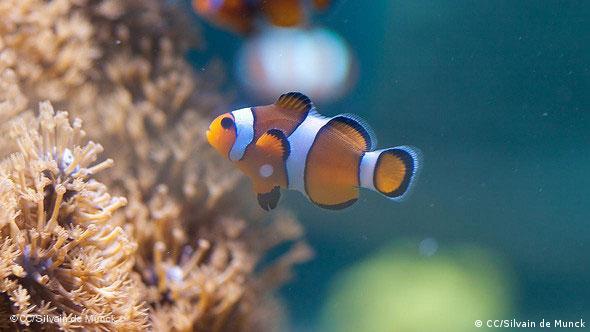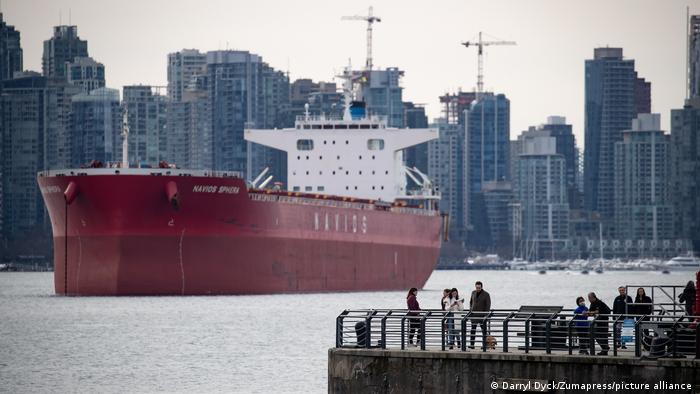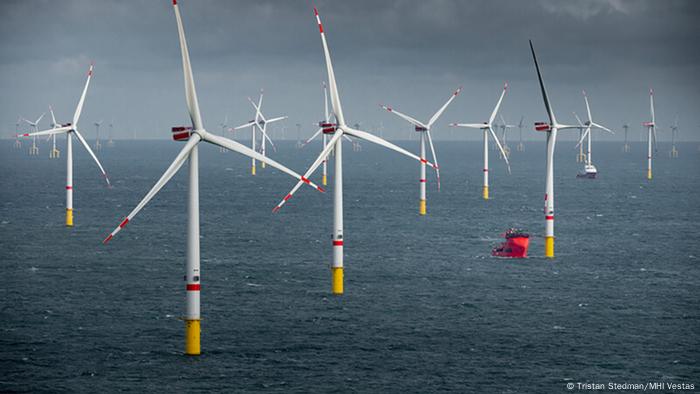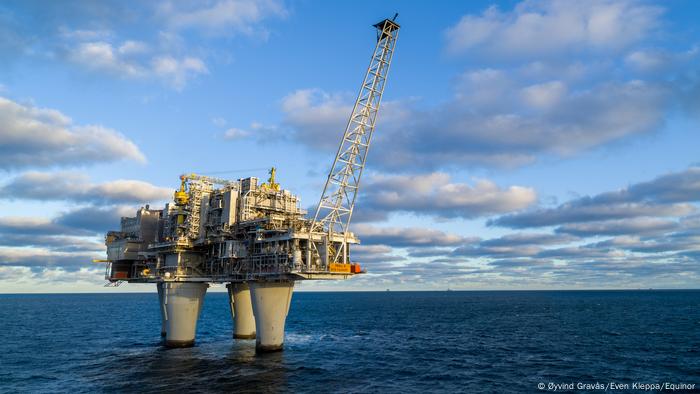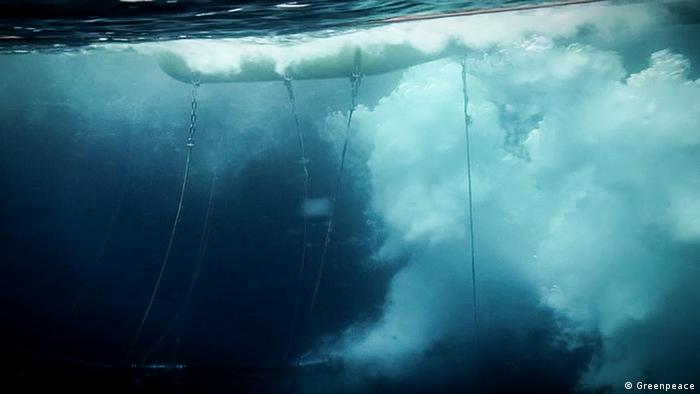What viewed from the shore perhaps like a surging and still one ocean From the magical songs of whales, the clicks of dolphins, to the hum and chatter of crustaceans and fish, the sea is a symphony of sounds underwater. Perceiving sound is essential for the survival of almost all sea creatures. Because animals use sounds to communicate, to navigate, to find courtship partners or prey.
clownfish, known from “Finding Nemo”, make it clear who the boss is by chattering with their jaws – by the way, these are mostly the females. Small cleaner shrimp advertise their services to reef fish by clattering their fins.
Who is the boss? Clownfish figure this out by clattering their jaws
and some coral fish listen carefully when choosing the right reef. The background noise tells them if the reef is healthy enough to care for their next offspring.
but there are other sounds too. Man-made disrupting this ancient symphony. Some sea creatures today are exposed to noise levels that could deafen or even kill them. “It’s like walking in fog,” Lindy Weilgart, a marine biologist for the NGO Ocean Care and Dalhousie University in Canada, told DW.
DBecause the sea today is louder than ever and that has catastrophic effects on a variety of sea creatures. Noise affects the “search for food, protection from predators, perception of the environment, reproduction, the entire program,” says Weilgart.
That It doesn’t have to be, however, because there are plenty of ways to reduce noise in the sea.
more efficient Ships are better for the climate and the noise level
main responsibility for noise pollution are mainly container ships. More efficient ship propellers could not only make the sea quieter, but also save fuel.
Thousands of container ships are sailing the world’s oceans right now
90 percent of global trade is handled by shipping. In the last 50 years, noise is estimated to have increased 32-fold along major shipping routes.
ship noise is mainly caused by the ship’s propeller and an effect called cavitation.
“Because of the fast movement of the propeller through the water, the pressure is extremely low in some places, which is why the water boils at ambient temperature, forming bubbles of steam that grow, shrink and collapse,” explains Max Schuster, who works at the consultancy DW-ShipConsult Reedereien advises on how to reduce the noise of their ships.
The level of noise that the collapsing bladders on a ship’s propellers can produce is comparable to that of a rock concert. If the bubble development is reduced, that is good for the climate as well as for the balance sheets of the shipping companies. Because less cavitation usually also means that less fuel is consumed.
In 2017, the Danish company Maersk converted the engines and propellers on five of its cargo ships, actually to save fuel. However, the noise level has also fallen by 75 percent. However, retrofits are not cheap and the shipping companies are rarely obliged to do so.
The Port of Vancouver has provided incentives for ship operators. Ships that are proven to be quieter only pay half the port dues.
With air bubbles against noise
In As a rule, the less people interfere with the ecosystem of the sea, the fewer disturbing noises there will be. If it still has to be loud, such as when installing wind turbines, so-called air bubble curtains help.
wind energy at sea is an important part of the energy transition to limit climate change. According to a calculation by the consulting firm McKinsey, around 150,000 new offshore wind turbines will have to be installed worldwide by 2050 in order to achieve the Paris climate targets. “This creates noise under water that is more or less comparable to an airplane taking off on land,” says Michael Bellmann from the Institute for Technical and Applied Physics (ITAP).
the Bubble curtains can prevent this. Compressed air flows through tubes on the sea floor. They lie around the piles when installed and allow air bubbles to rise to the surface, creating an insulating veil of bubbles. Fewer sound waves pass through the curtain. Noise is reduced by up to 90 percent.
Usually the construction site noise can be heard kilometers away underwater. In the North Sea it was sometimes so loud that porpoises suffered hearing damage and were scared away from their feeding and breeding grounds.
Because However, due to stricter regulations, the curtains are now almost standard for offshore installations in the German North Sea. And interest is also growing in the USA, the Netherlands and Taiwan. Environmental protection does not cost much here. The costs for use during the construction phase amount to just one percent of the total investment for an offshore wind farm.
End of oil and gas would make the sea quieter
Would If the search for new oil and gas wells were stopped, not only would the goal of limiting global warming to 1.5 percent come much closer, it would also suddenly become quieter in the sea overnight.
at So-called “seismic airguns” are used to search for oil and gas in the seabed. Air cannons towed behind ships, firing compressed air every ten seconds for days, weeks, or months. This creates noise, as loud as the launch of a rocket.
The reflected sound waves provide information about the geological profile of the seabed. With each explosion, most of the larvae of the smallest sea creatures die immediately within a radius of one kilometer. Airguns are far too loud for what they are supposed to do, criticizes Weilgart. Instead of stopping the search for and extraction of fossil fuels, the oil– and gas industry itself on a quieter method.
the Technique is called “Marine Vibroseis”. An apparatus generates the appropriate sound waves with the help of vibration instead of an explosion. It creates a kind of constant hum instead of a big bang. “An airgun is so powerful it could rip your arm off. On land, on the other hand, you could put an egg under a Vibroseis device and it wouldn’t break,” Weilgart continued.
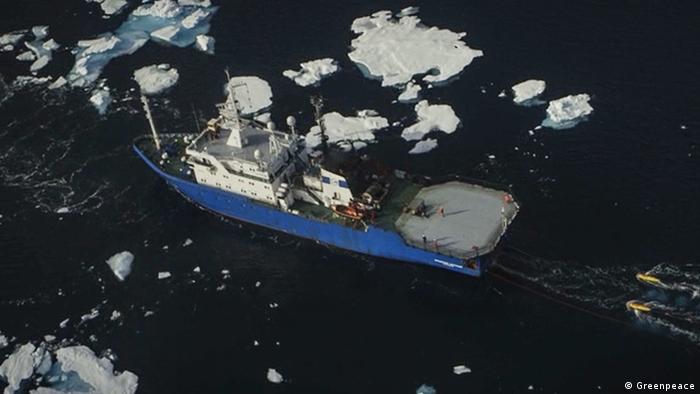
Ships pull air cannons through the sea in search of oil fields, a new explosion occurs every few seconds
With With the new method, it is estimated that only ten percent of the sea creatures would be affected in any way compared to the air cannon. The investors, including ExxonMobil, TotalEnergies or Shell, could be after another advantage. Unlike Airguns, Marine Vibroseis can also be used in shallow waters oil– and detect gas.
sustainable However, Lindy Weilgart finds methods for exploring fossil fuels absurd. Instead of looking for new oil and gas deposits, it would be better to advance the energy transition, according to the marine biologist.


